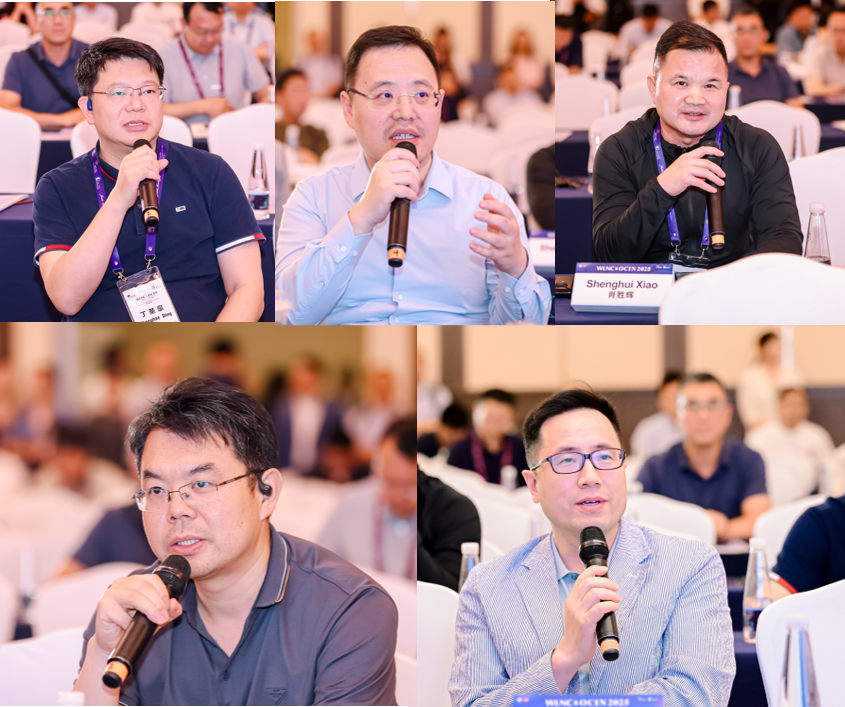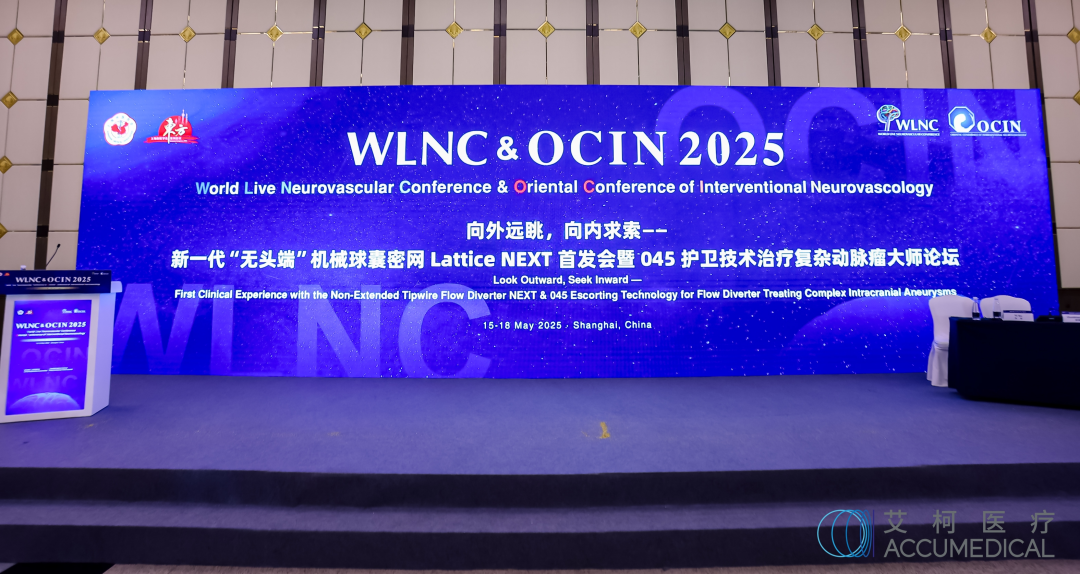
On May 17, 2025, during the highly anticipated WLNC x OCIN2025 International Neurointervention Conference, the global launch of the new-generation "tipless" mechanical balloon-assisted flow diverter system—Lattice NEXT—was grandly held, along with the 045 Flow Diverter Technique Forum for Complex Aneurysm Treatment. As a trailblazer in the industry, AccuMedical once again broke new ground, presenting a comprehensive solution from novel flow diverter designs to innovative access technologies, and joined neurointerventionalists in exploring the future paradigms of neurointerventional therapy.
Discussion · Pursuing Precision, Setting New Heights
Opening Remarks
Prof. Yi Xu from Shanghai Changhai Hospital, Chairman of the conference, noted in his opening address:
“Lattice, as a domestically developed flow diverter, has achieved significant market share in a short time and gained international recognition, which is no coincidence. Innovation is a vital driving force. By continuously uncovering clinical needs, AccuMedical has made breakthrough after breakthrough, and now proudly presents Lattice NEXT—a revolutionary product that builds on the precision of the original flow diverter and upholds intraoperative safety. I believe it will bring further clinical advancements to neurointerventionalists. Looking ahead while refining from within, we aim to contribute to the future of precision medicine.”
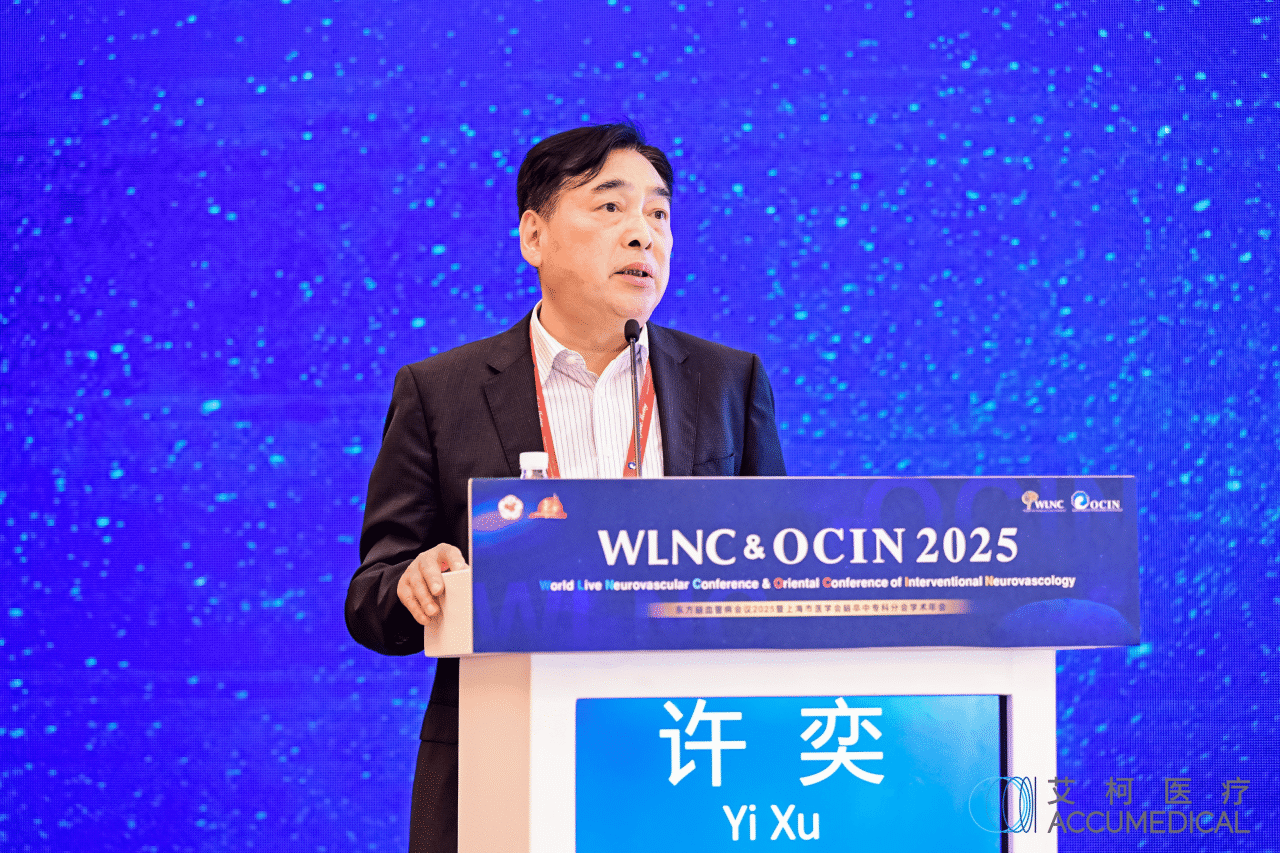
Listen · The Voice of Innovation, Reinventing the Field
Opening Keynote
Prof. Chuan He from Xuanwu Hospital, Capital Medical University, emphasized that neurointervention has entered the era of flow diversion. Flow diverters have evolved through three generations: First-generation Nitinol stents (e.g., Silk) were phased out due to high complication rates. Second-generation cobalt-chromium stents (e.g., Pipeline) brought significant safety and efficacy improvements. Third-generation devices, including domestic innovations like Lattice, feature advanced designs such as tipless structure and mechanical balloon assistance to overcome operational challenges. Future trends will include full-length visibility, anti-kinking cobalt-chromium materials, surface modifications to reduce thrombosis, smaller systems (e.g., 17 system), and expanded radial access use.
The Lattice NEXT combines tipless structure, mechanical balloon, MIROR technology, and cobalt-chromium alloy to greatly enhance distal vessel compatibility and safety. Clinical case demonstrations showed excellent performance in tortuous vessels, full expansion, and high cure rates. For complex aneurysms, four bridging stents significantly reduced postoperative hemorrhage risk. Ultimately, the core of neurointervention lies in simplicity, safety, and efficacy—and domestic devices like Lattice are propelling this evolution.

Insight · What Is a “Tipless” Flow Diverter
NEXT Launch · Academic Case Applications
This session was moderated by Prof. Guobiao Liang from the General Hospital of Northern Theater Command and Prof. Huaizhang Shi from the First Affiliated Hospital of Harbin Medical University.

Tipless Design: A Safety Key for Distal Lesions
Prof. Ge Gao from the First Affiliated Hospital of University of Science and Technology of China found that in treating large aneurysms at the cavernous segment, the tipless design helps avoid damage to branch vessels caused by distal guidewire tips. Prof. Yang Zhao from Peking University International Hospital confirmed through complex ophthalmic artery cases that the stent can still be stably released even with a shortened wire, significantly enhancing surgical safety. Prof. Gang Xu from the Second Affiliated Hospital of Xi’an Jiaotong University noted that in challenging anterior communicating artery aneurysms, the tipless design greatly reduces procedural risks across vessels.
Mechanical Balloon Enables Precision Deployment
Combining cobalt-chromium alloy with mechanical balloon design is a key differentiator for Lattice. Prof. Jun Sun from Nanyang Central Hospital observed that the system ensures perfect wall apposition in tapered vessels. Prof. Gao added that the balloon's push force allows for multi-stent bridging in wide-neck aneurysms. Prof. Zhao emphasized that the improved delivery system provides smoother navigation through the ophthalmic bend.
Intelligent Sizing Reshapes Preoperative Planning
Prof. Sun introduced the Lattice sizing mini-program, which accurately recommends stent specifications based on vessel diameter and length—greatly simplifying surgical planning. Prof. Gao highlighted its utility in determining coverage for multi-aneurysm cases. Prof. Xu affirmed that intelligent sizing helps clinicians make better decisions in complex anatomies like the anterior communicating artery.
Broad Indications Meet Clinical Needs
Clinical data show that the Lattice series has been successfully used across a wide range of cases, from routine to complex. Profs. Gao and Sun shared strong outcomes in wide-neck aneurysms and dissections. Prof. Xu demonstrated advantages in managing multiple aneurysms. Prof. Zhao pointed out that the tipless design expands its application to high-risk scenarios like stenotic or bifurcated lesions.
Domestic Innovation Breaking Through Technical Barriers
From its first to second generation, the Lattice system showcases the innovative strength of domestic medical devices. Prof. Sun stressed that close collaboration between R&D and clinicians allows for rapid response to clinical needs. Through international comparisons, Profs. Gao and Xu confirmed that Lattice performs on par with imported stents in complex cases.
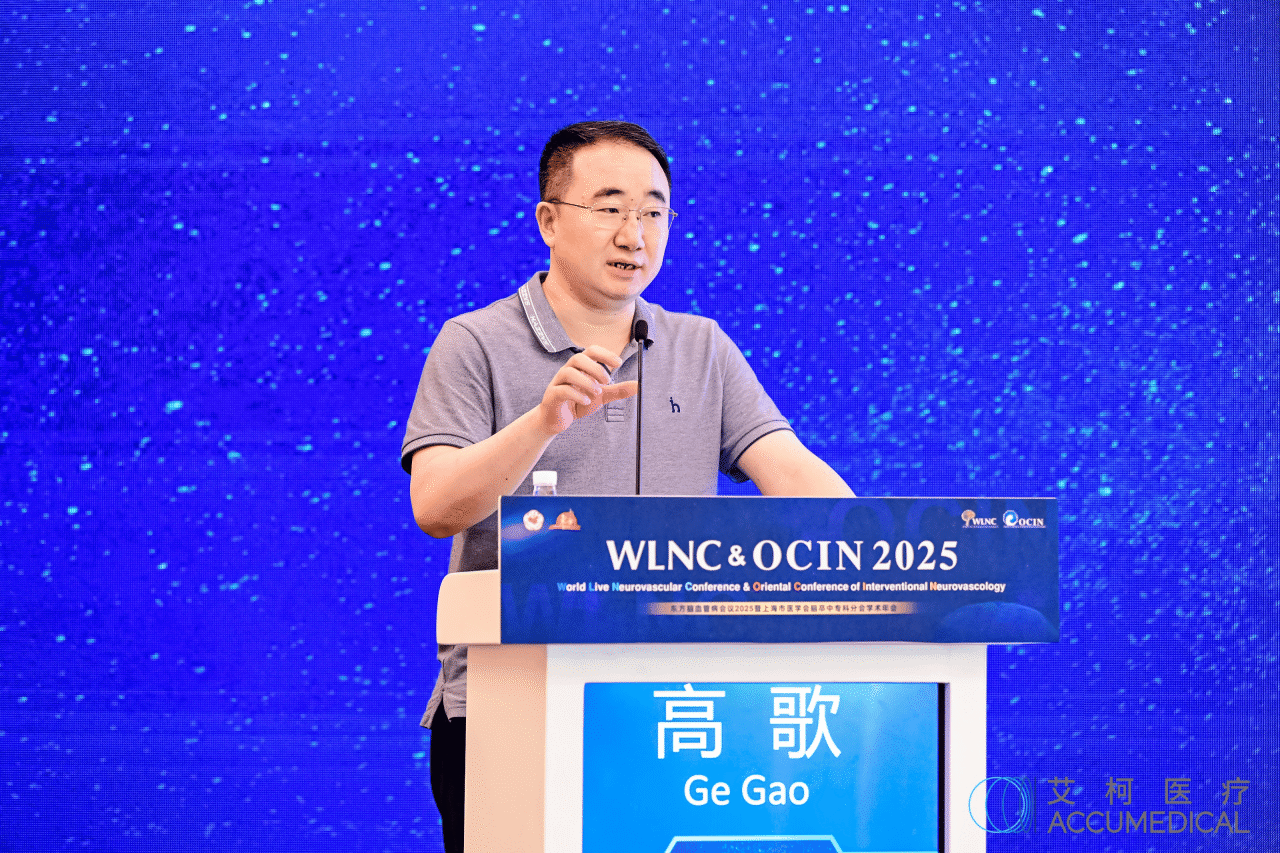
Prof. Ge Gao, First Affiliated Hospital of USTC

Prof. Gang Xu, Second Affiliated Hospital of Xi’an Jiaotong University
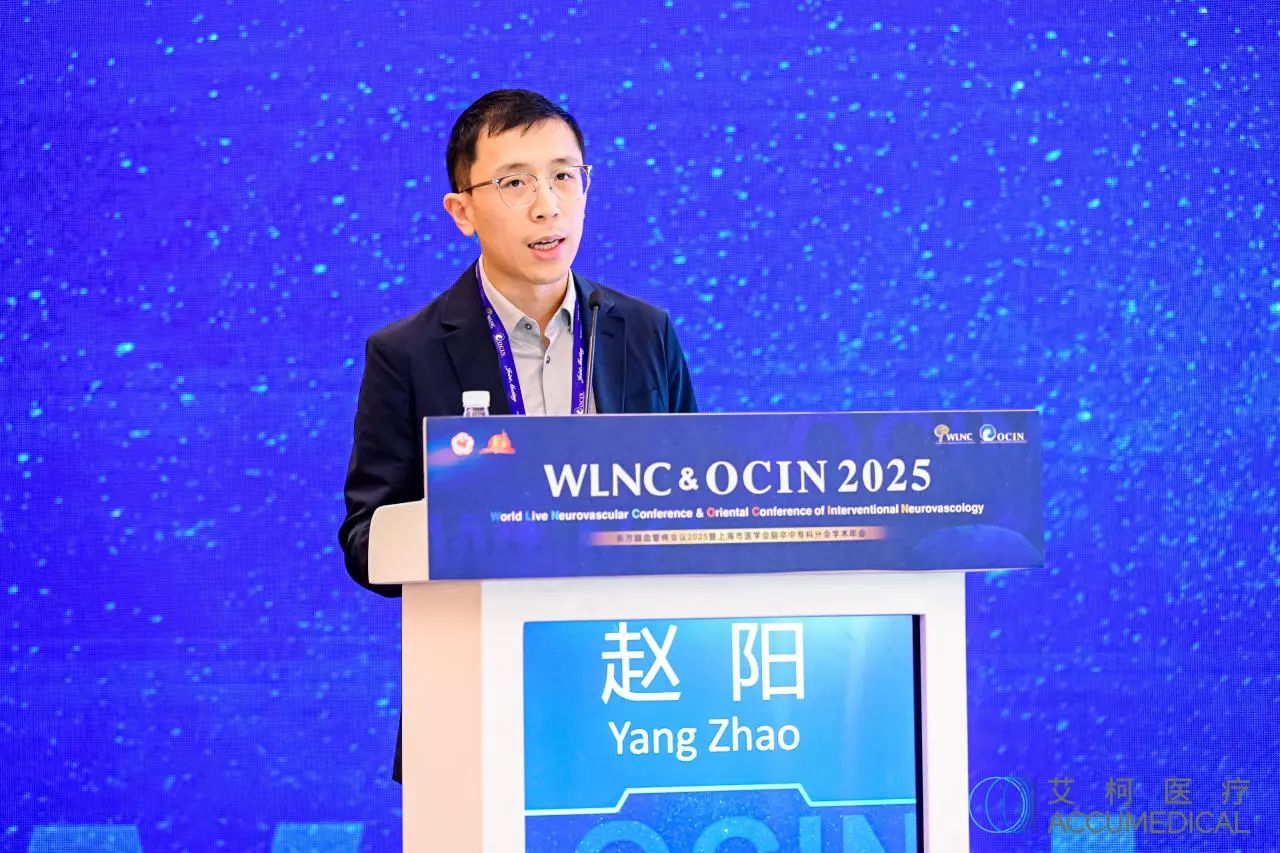
Prof. Yang Zhao, Peking University International Hospital
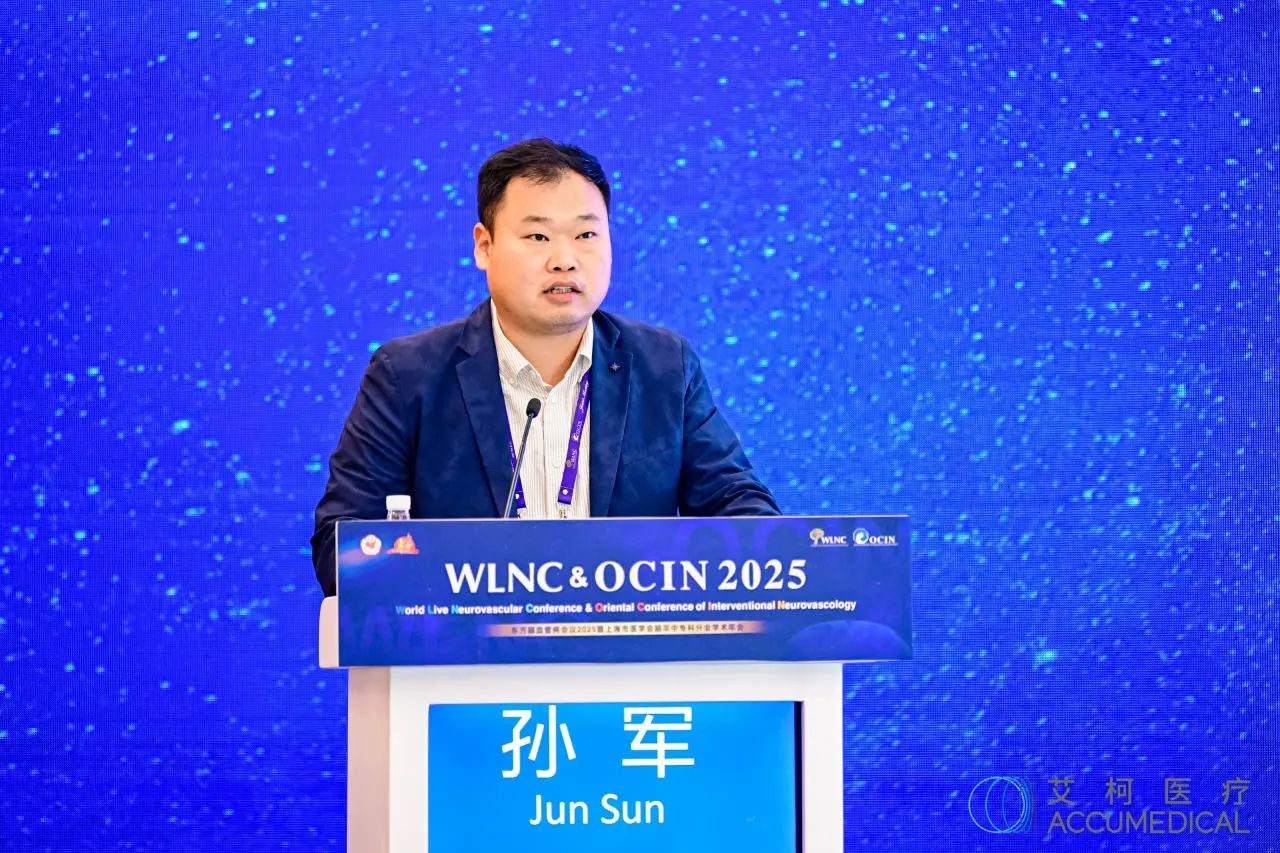
Prof. Jun Sun, Nanyang Central Hospital
After the Lattice NEXT academic talks, experts shared in-depth insights on the tipless design and debated hot issues in flow diverter therapy.
Prof. Wanchao Shi from Tianjin Fifth Central Hospital praised the design for enhancing intraoperative safety and offering more options for complex aneurysms. Prof. Xianliang Lai from Second Affiliated Hospital of Nanchang University shared that in large-diameter, tortuous aneurysms requiring long stents, he prefers Lattice for its superior wall apposition and unfolding performance. Prof. Maimaiti Aisha from First Affiliated Hospital of Xinjiang Medical University noted Lattice’s unique advantages in positioning, deployment, and apposition. Prof. Xiang Xu from Tangshan Workers’ Hospital emphasized the tipless design’s benefit in enhancing delivery stability.
Prof. Yunbao Guo from First Hospital of Jilin University led a discussion on overlapping flow diverters for blister aneurysms. Both Profs. Liang and Shi suggested caution, calling for more clinical evidence.
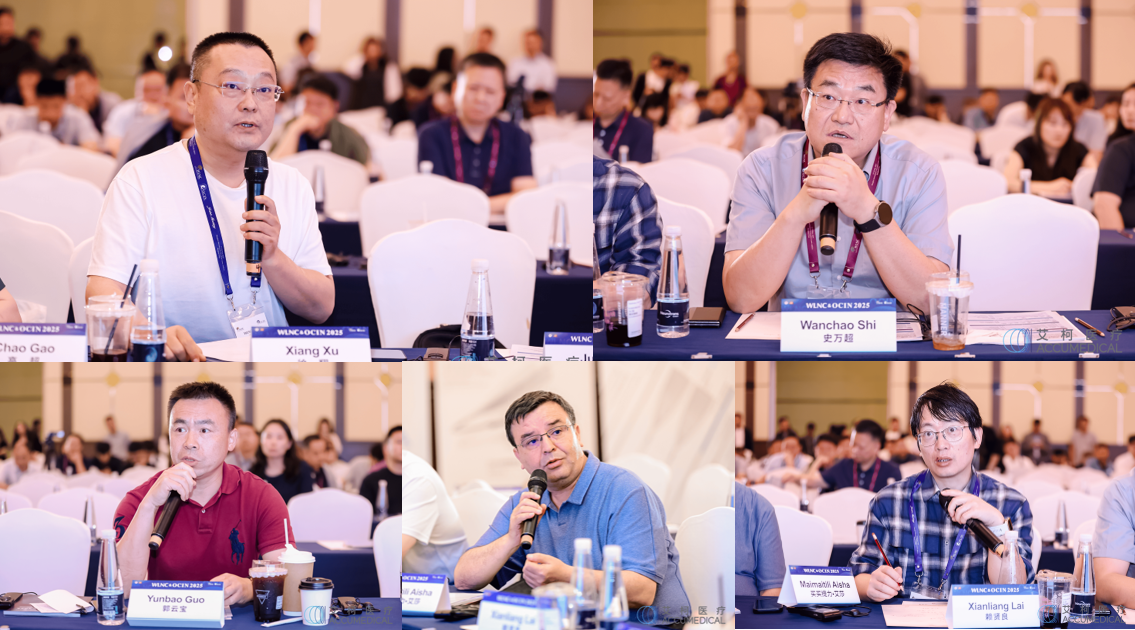
Battle · Solid Pathway, Led by the 045
045 Flow Diverter Technique · Practical Session
This academic session was jointly chaired by: Prof. Zuoquan Chen, Tenth People’s Hospital of Tongji University, Prof. Chuanzhi Duan, Zhujiang Hospital of Southern Medical University, and Prof. Qingdong Guo, Xijing Hospital, Air Force Medical University
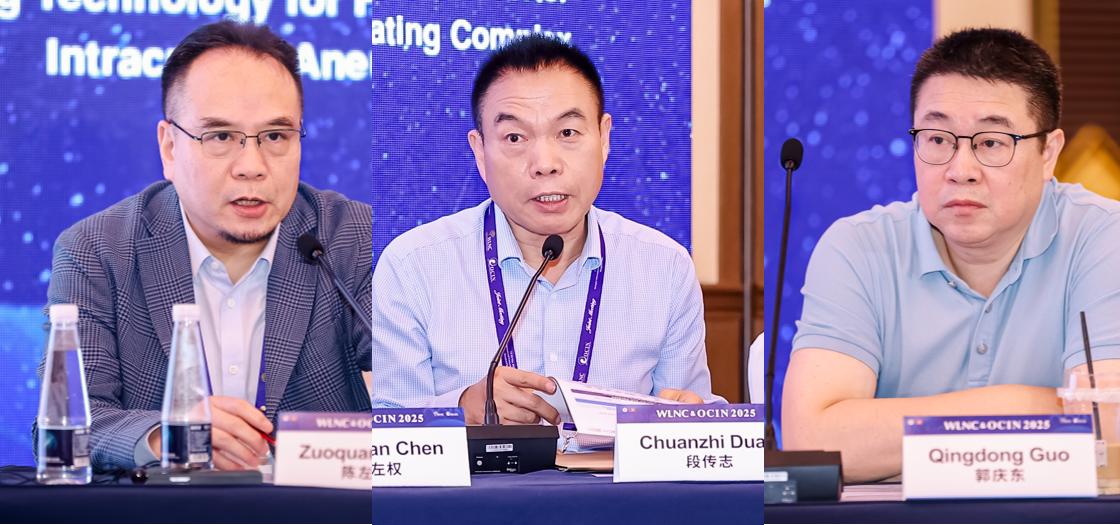
High Positioning Solves Access Challenges
Prof. Qinghai Huang from Shanghai Changhai Hospital shared a case involving multiple aneurysms (MCA, lenticulostriate artery, and posterior communicating artery). He innovatively built a coaxial system using cosine45 intermediate catheter and 27 microcatheter, successfully navigating tortuous vessels to reach the proximal MCA, thus laying a strong foundation for stent delivery.
Prof. Chun Chen from First Affiliated Hospital of Kunming Medical University noted that when cosine45 was placed only at the C6 segment, stent delivery failed; after advancing to M2 using the "Trojan Horse technique", the 4.1mm×45mm Lattice stent was successfully deployed. Both emphasized that proactive distal access is key for tortuous lesions.
Intermediate Catheter Solves Stent Kinking
Prof. Huang demonstrated two key values of cosine45:
- During positioning, millimeter-precise release can be achieved by catheter retraction
- If kinking occurs, push-pull manipulation along the catheter outer wall effectively untwists the stent
These techniques are particularly beneficial for tandem aneurysms—ensuring accurate initial stent coverage and space for subsequent embolization.
Compatibility Design Expands Treatment Boundaries
Both experts noted that a 6F long sheath can simultaneously accommodate cosine45 and coil delivery catheters, enabling both standalone flow diverters and combined stent-coil surgeries. Prof. Huang emphasized that the 4.6F small outer diameter allows deep vessel navigation previously unreachable by traditional intermediate catheters. Introduction of the 17 system further minimizes vascular trauma.
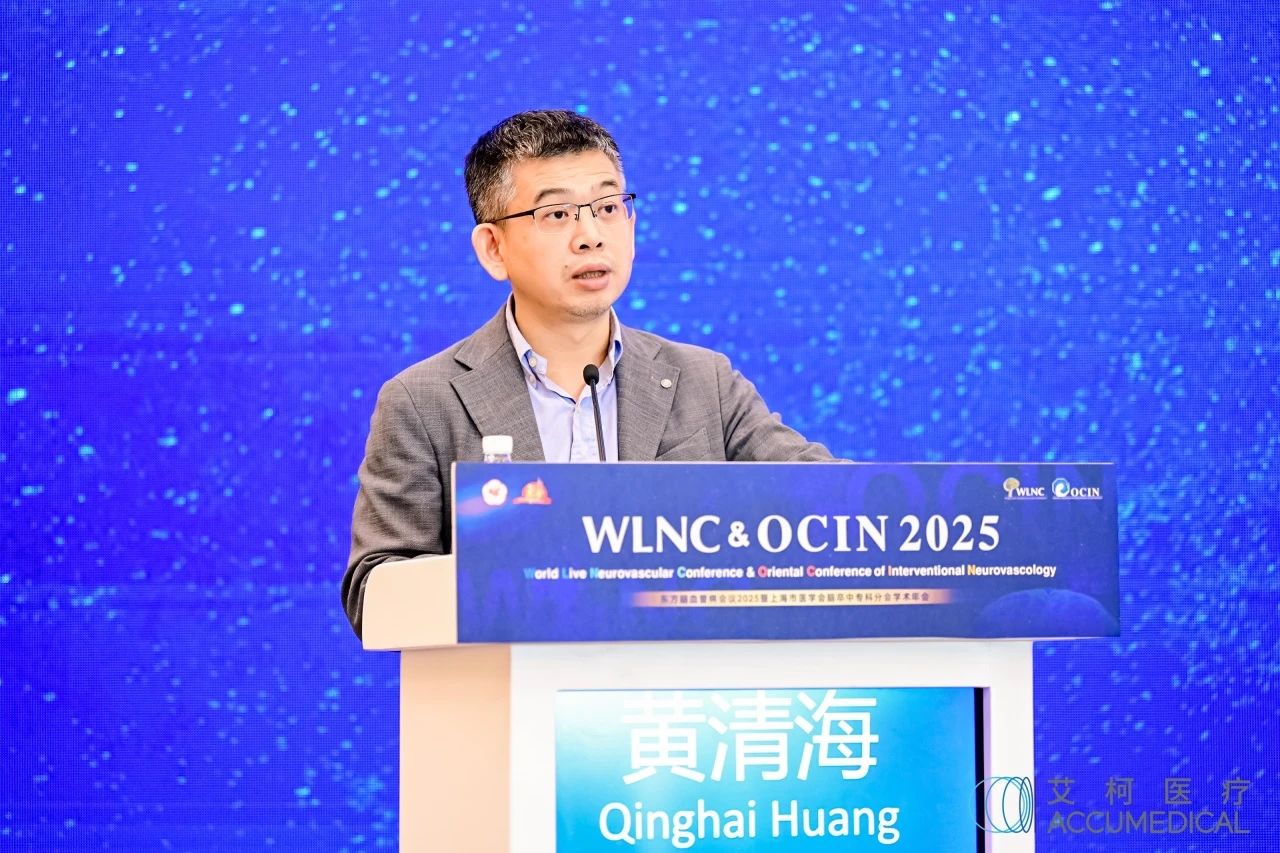
Prof. Qinghai Huang, Shanghai Changhai Hospital
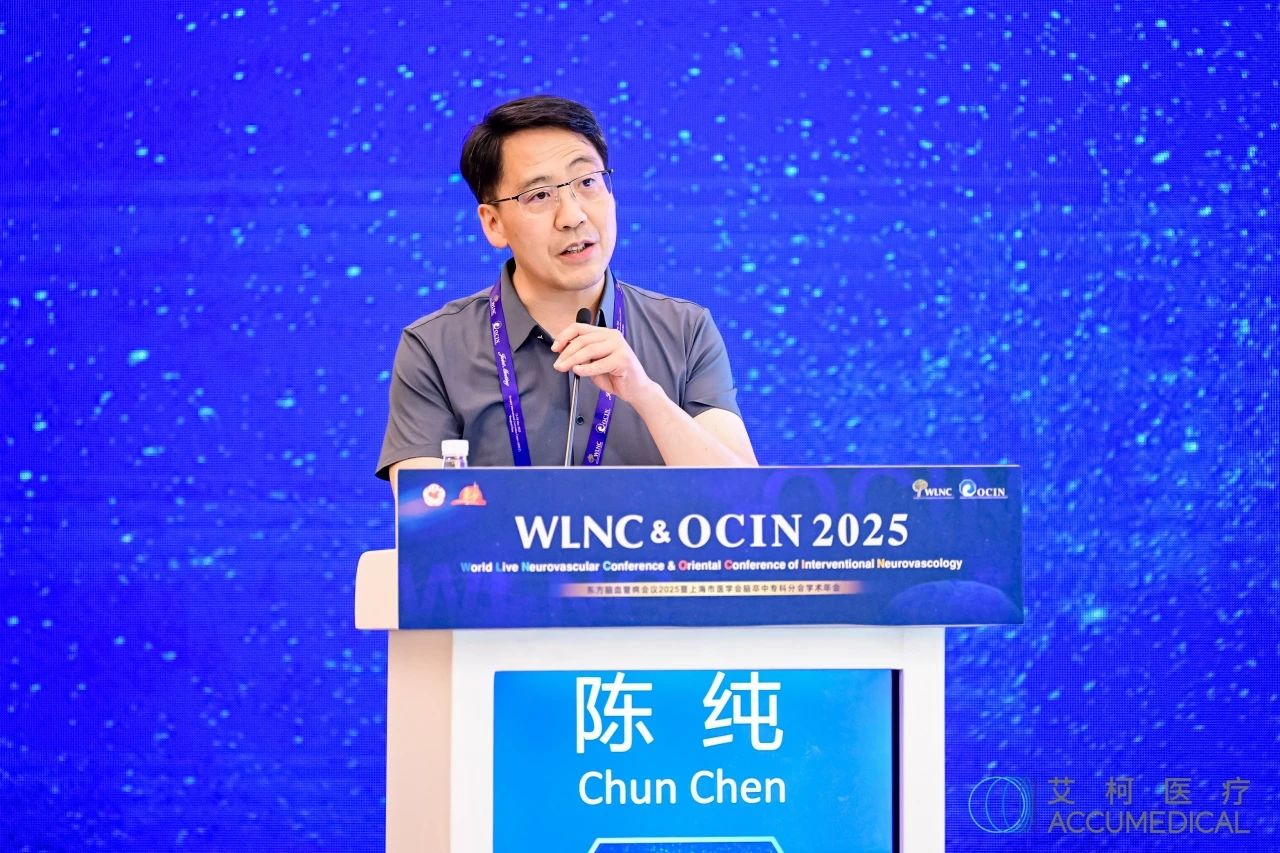
Prof. Chun Chen, First Affiliated Hospital of Kunming Medical University
Prof. Lei Wang from Yichang Central People’s Hospital praised cosine45's 4.6F design for balancing high positioning and compatibility, showing potential value in complex aneurysms.
Prof. Shijie Na from Nanjing Drum Tower Hospital added that cosine45 supports techniques like the Trojan Horse. Prof. Guohua Mao from Second Affiliated Hospital of Nanchang University shared how cosine45 combined with Neuromax long sheath resolved complex access challenges.
Prof. Zhixin Zhao from Taizhou Hospital stressed that an ideal intermediate catheter should offer both support and flexibility—qualities well-reflected in cosine45. Now, cosine45 has evolved from a simple access tool to an intelligent system that actively participates in stent deployment. As Prof. Chen said:“Proactive protection is better than passive correction”—a philosophy that is redefining the standard neurointervention workflow.
Prof. Chen concluded by affirming cosine45’s impressive performance in complex aneurysm procedures and its clinical value.

Solve · The Ultimate Challenge of Complex Aneurysms
Lattice Innovative Flow Diverter Case Application
This academic session was moderated by: Prof. Zhenbao Li, Yijishan Hospital of Wannan Medical College, and Prof. Changming Wen, Nanyang Central Hospital

Mechanical Balloon Solves Tortuous Vessel Challenge
Prof. Xiaochuan Huo from Anzhen Hospital, Capital Medical University, treated a case of bilateral ICA multiple aneurysms with extremely tortuous vessels. The mechanical balloon of the Lattice system proved essential. Even with insufficient support from a 5F intermediate catheter, 4.4mm×15mm and 4.7mm×35mm stents were successfully deployed in segments.
Prof. Zhihua Du from PLA General Hospital highlighted the mechanical balloon’s ability to prevent wire over-advancement, ensuring accurate release.
Prof. Xinguo Li from First Affiliated Hospital of China Medical University showed that even after retrieval due to kinking, the balloon preserved structural integrity upon second deployment.
Wide Indications & Long-Term Outcomes
Prof. Du’s single-center data (46 patients, 56 aneurysms) showed excellent performance in saccular, fusiform, and dissecting aneurysms, with a 6-month cure rate of 72%. Prof. Huo’s follow-up data (up to 1 year) confirmed reliable apposition and vessel remodeling even in stenotic, tortuous lesions.
Innovative Design Brings Technical Highlights
All three speakers emphasized the following Lattice features:
- No distal wire jump: Reduces perforator injury risk in areas like basilar apex
- Precise foreshortening control: A 5.6mm×39mm stent maintained cylindrical shape in a 40mm dissecting aneurysm
- Anti-kinking performance: Stent remained structurally intact after re-release, with unaffected flow diversion
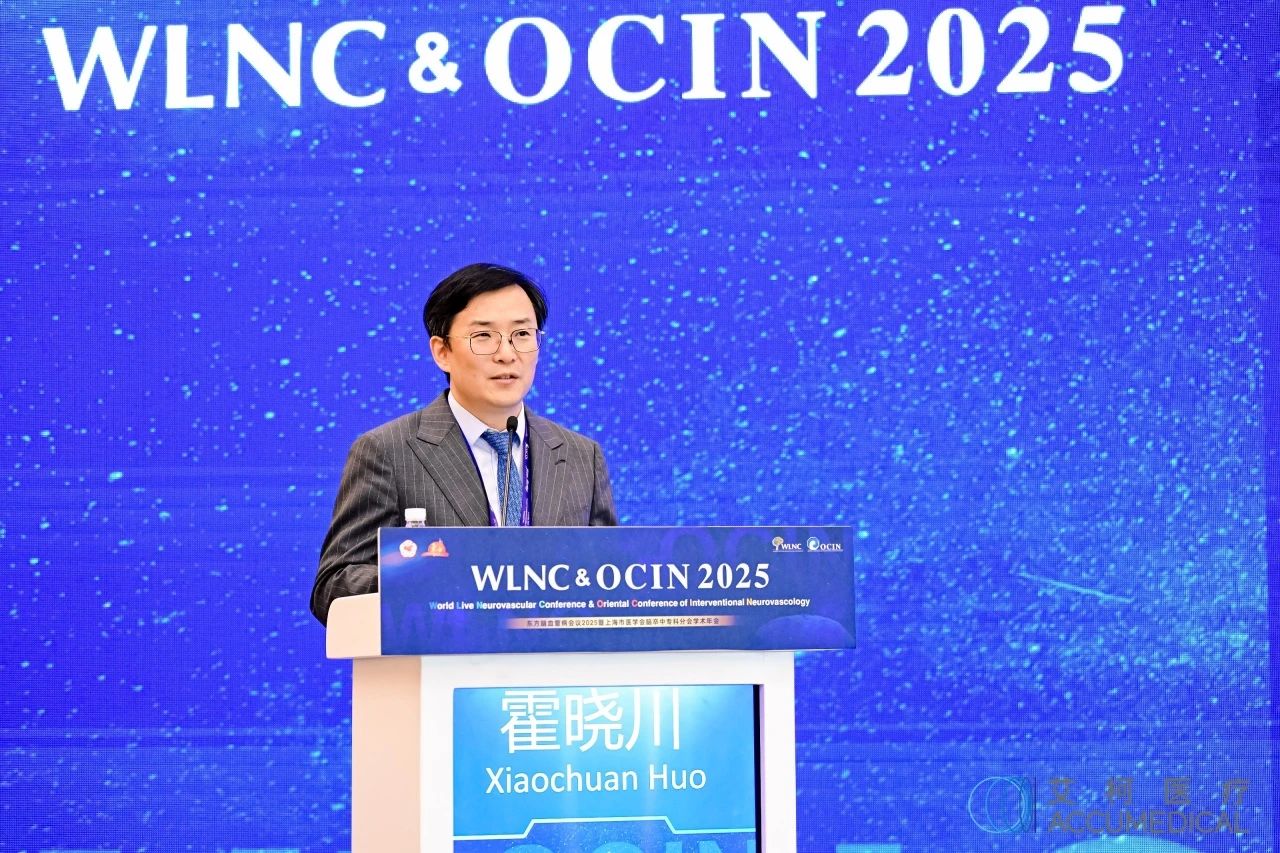
Prof. Xiaochuan Huo, Anzhen Hospital
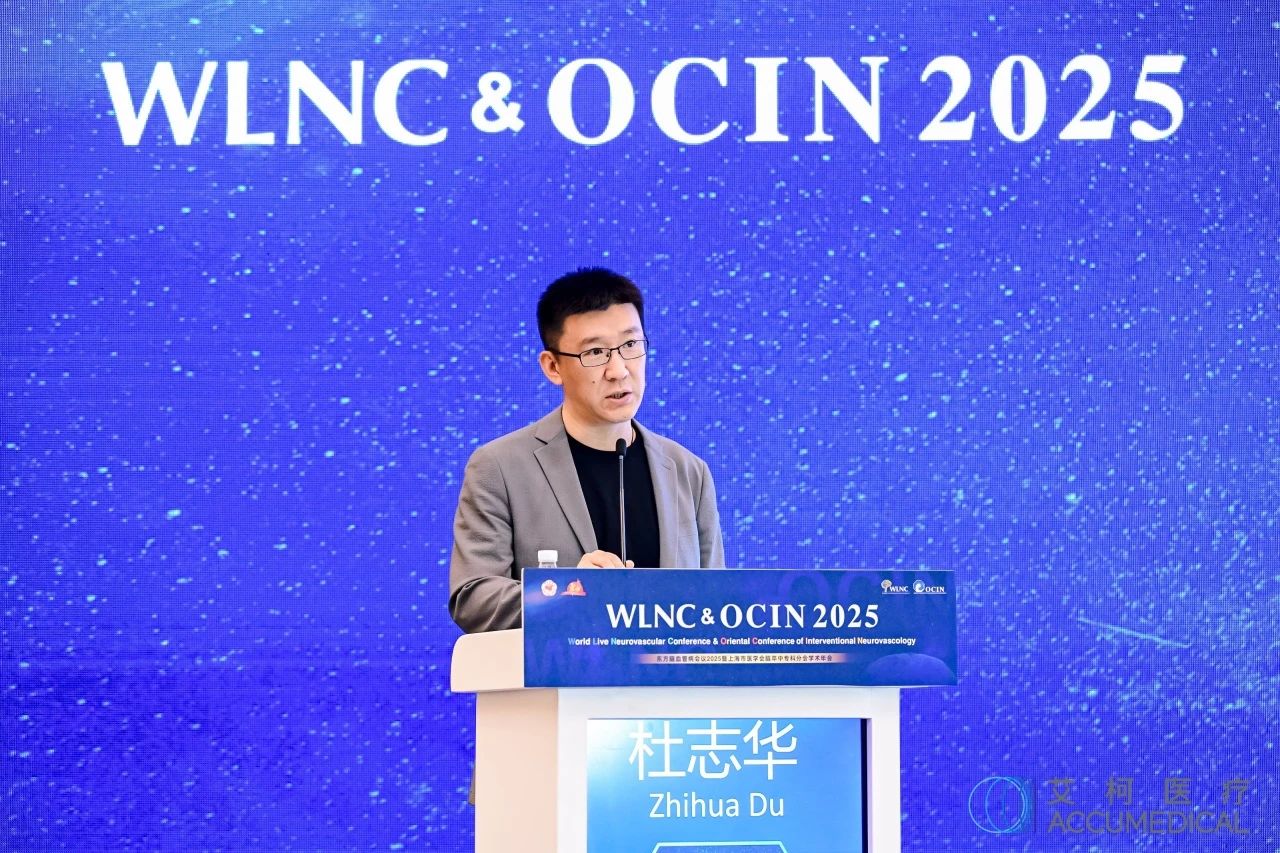
Prof. Zhihua Du, PLA General Hospital
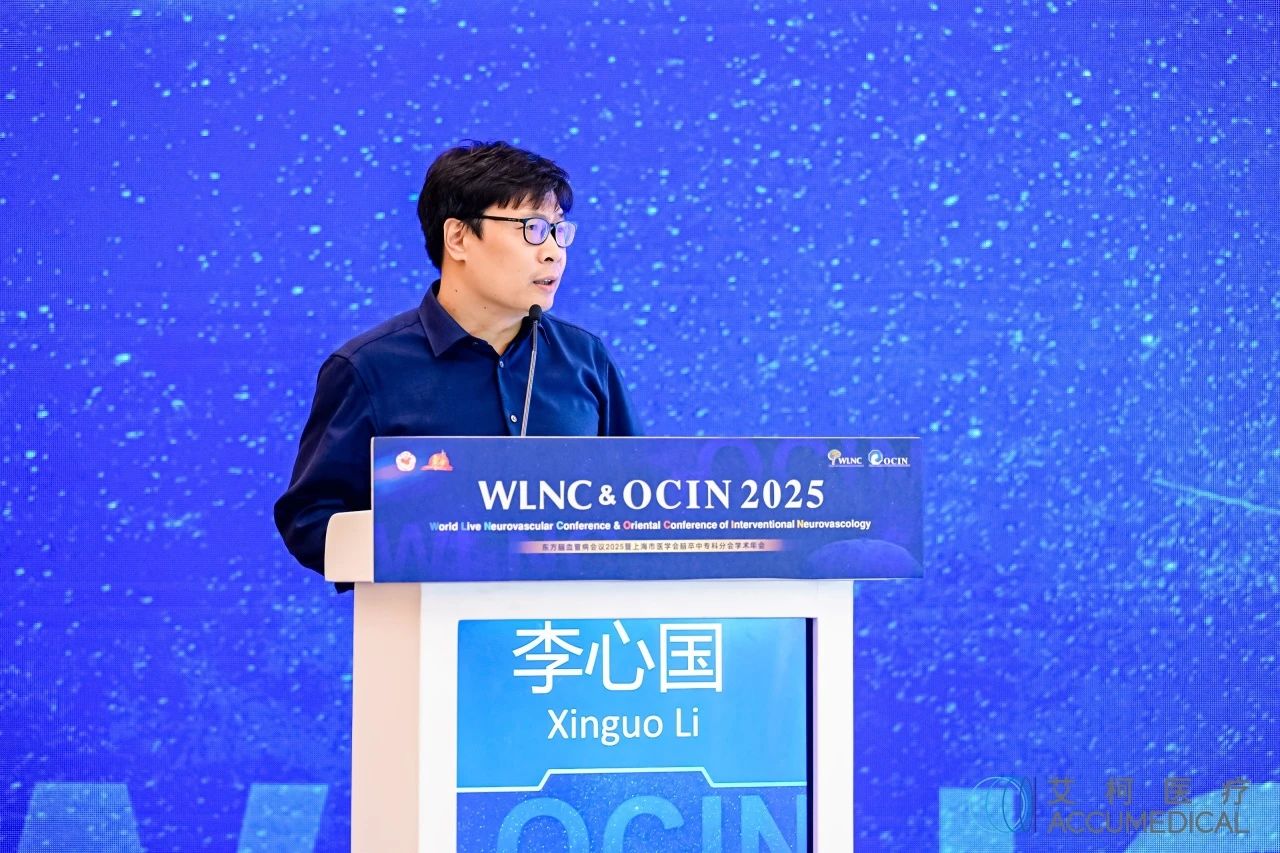
Prof. Xinguo Li, First Affiliated Hospital of China Medical University
In closing, discussion panelists shared their perspectives on Lattice & Lattice NEXT: Prof. Shenghao Ding from Renji Hospital, Shanghai Jiao Tong University, highlighted excellent wall apposition in tortuous and large aneurysms, further improved with cosine45. Prof. Guoliang Jiang from Kunming Medical University emphasized the enhanced deliverability of the new tipless design. Prof. Shenghui Xiao from Nanhai District People’s Hospital in Foshan stressed the importance of balloon-assisted deployment and precise sizing. Prof. Yunfeng Zhang from Affiliated Hospital of Nantong University suggested individualized strategies for cases with concurrent stenosis. Prof. Shiwei Du from South China Hospital, Shenzhen University, confirmed through long-term follow-up that Lattice supports durable aneurysm healing. The panel agreed: domestic innovations like Lattice are reshaping the clinical future of neurointervention.
